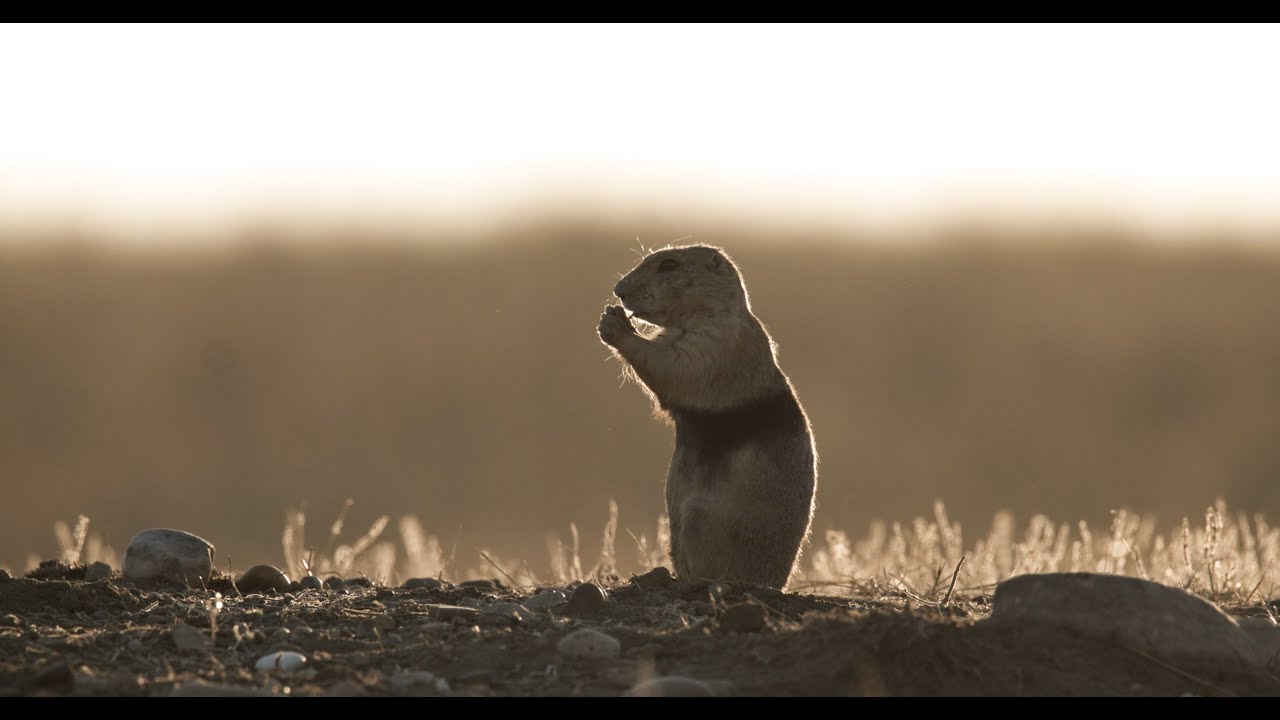Summary:
1. Prairie dogs are ecosystem engineers who play a crucial role in shaping the North American Great Plains.
2. Smithsonian researchers are tracking prairie dogs underground for the first time.
3. Understanding prairie dogs is essential as they are a keystone species that impacts the survival of many grassland species, including the endangered black-footed ferret.
Who would have thought that tiny, burrowing creatures could hold the key to understanding and protecting an entire ecosystem? Meet the prairie dogs, the unsung heroes of the North American Great Plains. These cute little ground squirrels spend an impressive 70% of their lives underground, tirelessly creating intricate burrow systems that not only provide shelter for themselves but also significantly shape the landscape they call home. Their importance doesn’t stop there, as the survival of countless other grassland species, including the critically endangered black-footed ferret, hinges on the prairie dog’s existence. In an exciting development, Smithsonian researchers are now embarking on an underground adventure to track these fascinating animals for the first time, hoping to gain insights that could safeguard the future of the prairies.
Imagine a vast, sprawling grassland interrupted by small mounds of earth, forming a network of hidden tunnels beneath the surface. Welcome to the prairie dogs’ underground realm, a bustling metropolis that is teeming with life. These caves aren’t just random holes in the ground; they are a testament to the prairie dogs’ remarkable architectural skills. With multiple entrances, chambers for nesting, nurseries for rearing young, and even designated “toilets” for waste disposal, their underground homes are a marvel of complexity. And this is precisely what Smithsonian researchers aim to study and understand better.
Equipped with innovative tracking technology, the researchers are venturing into the depths of prairie dog burrows, following these animals into their hidden world. By mapping the intricate network of tunnels and observing the prairie dogs’ behaviors in their natural habitat, they hope to unravel the secrets of these ecosystem engineers. This invaluable knowledge will shed light on how prairie dogs influence the environment surrounding them, from altering the soil composition to promoting the growth of diverse plant species. Understanding their role as keystone species is crucial in maintaining the delicate balance of the grassland ecosystem.
Why is this research so significant? Well, the impact of prairie dogs stretches far beyond their fascinating burrow systems. They are, in essence, the architects of the North American Great Plains, shaping the landscape and determining the distribution and abundance of other species. Their grazing habits, coupled with their burrowing activities, create a mosaic of grass heights and densities, which directly influences the presence and behavior of countless animals. From ungulates like bison and pronghorns to birds, reptiles, and small mammals, a diverse array of species rely on the prairie dogs’ pruned and aerated grasslands for survival.
One such beneficiary of the prairie dogs’ efforts is the black-footed ferret. This elusive and critically endangered species once thought to be extirpated from the wild, owes its survival to the persistent efforts of conservationists. Black-footed ferrets rely heavily on prairie dogs as their primary prey, with more than 90% of their diet consisting of these plucky rodents. By tracking the movements of prairie dogs, researchers can gain valuable insights into the availability and suitability of black-footed ferret habitat, aiding in ongoing recovery efforts for this threatened species.
The knowledge obtained from this groundbreaking research has far-reaching implications for the conservation and management of grassland ecosystems. With growing concerns over habitat loss and species decline, understanding the interconnectedness of species within an ecosystem becomes paramount. The disappearance of prairie dogs could have a ripple effect, jeopardizing the survival of numerous other grassland inhabitants. By delving into the secrets of their underground lifestyle, researchers can help identify conservation strategies to protect not only the prairie dogs but also their intricate web of coexisting species.
So, the next time you spot a prairie dog colony, pause for a moment of appreciation. These adorable, industrious creatures, once dismissed as mere pests, are the unsung heroes of the Great Plains. Their tireless efforts to shape their environment and provide a haven for countless other species deserve our admiration. Thanks to the Smithsonian researchers’ groundbreaking tracking efforts, we are inching closer to unlocking the mysteries of the prairie dogs’ underground world. Through this understanding, we gain the power to protect and preserve the majestic North American grasslands for generations to come.
*****
Source Description
Prairie dogs are ecosystem engineers whose landscaping helps define the North American Great Plains. This species of ground squirrel spends a whopping 70% of their lives in underground caves. For the first time, Smithsonian researchers are tracking these underground underdogs as they head below the surface. Their goal? A better understanding of a keystone species whose survival impacts hundreds of North American grassland species, including the critically endangered black-footed ferret.
Learn more at: https://s.si.edu/40nw4BX.


